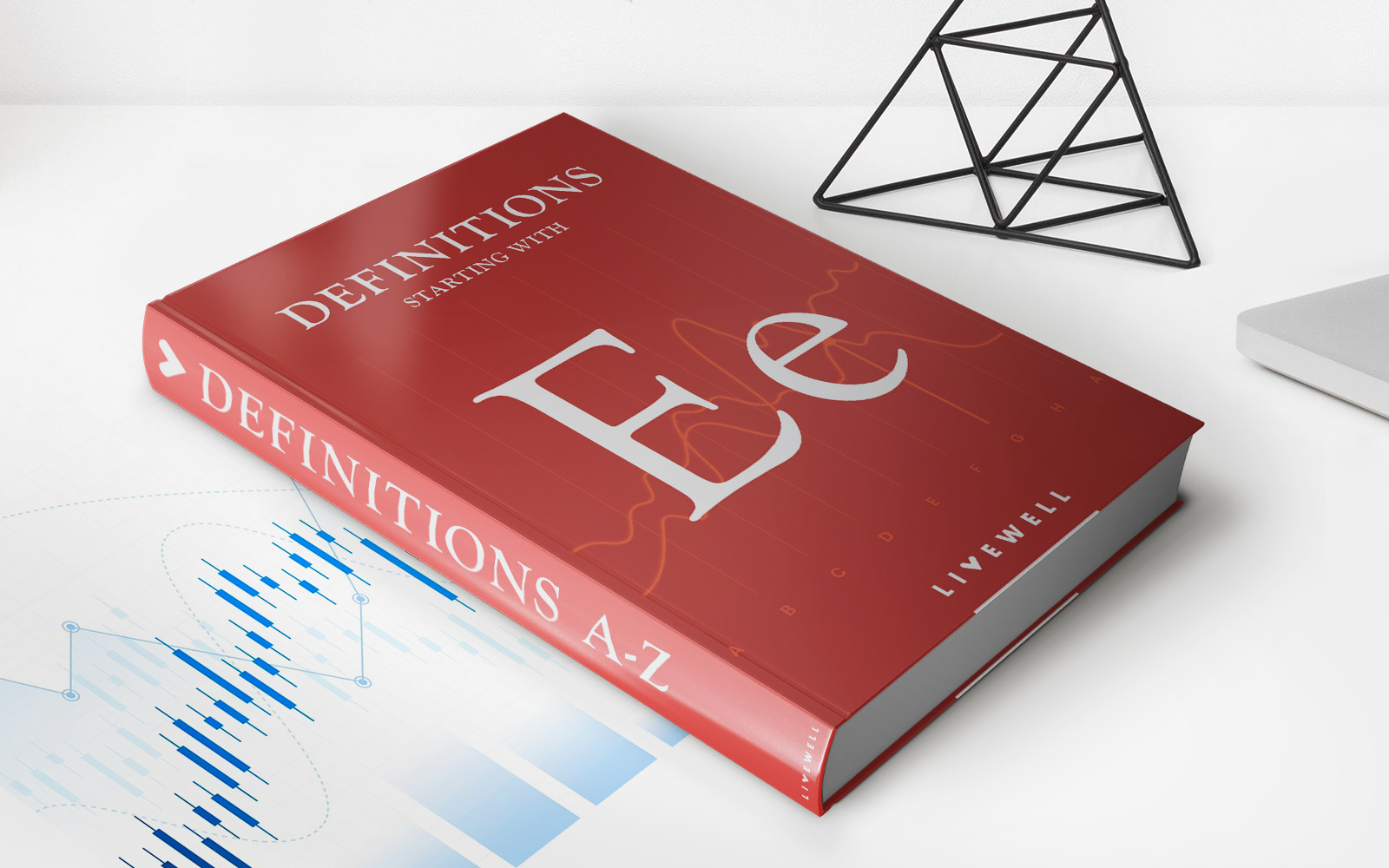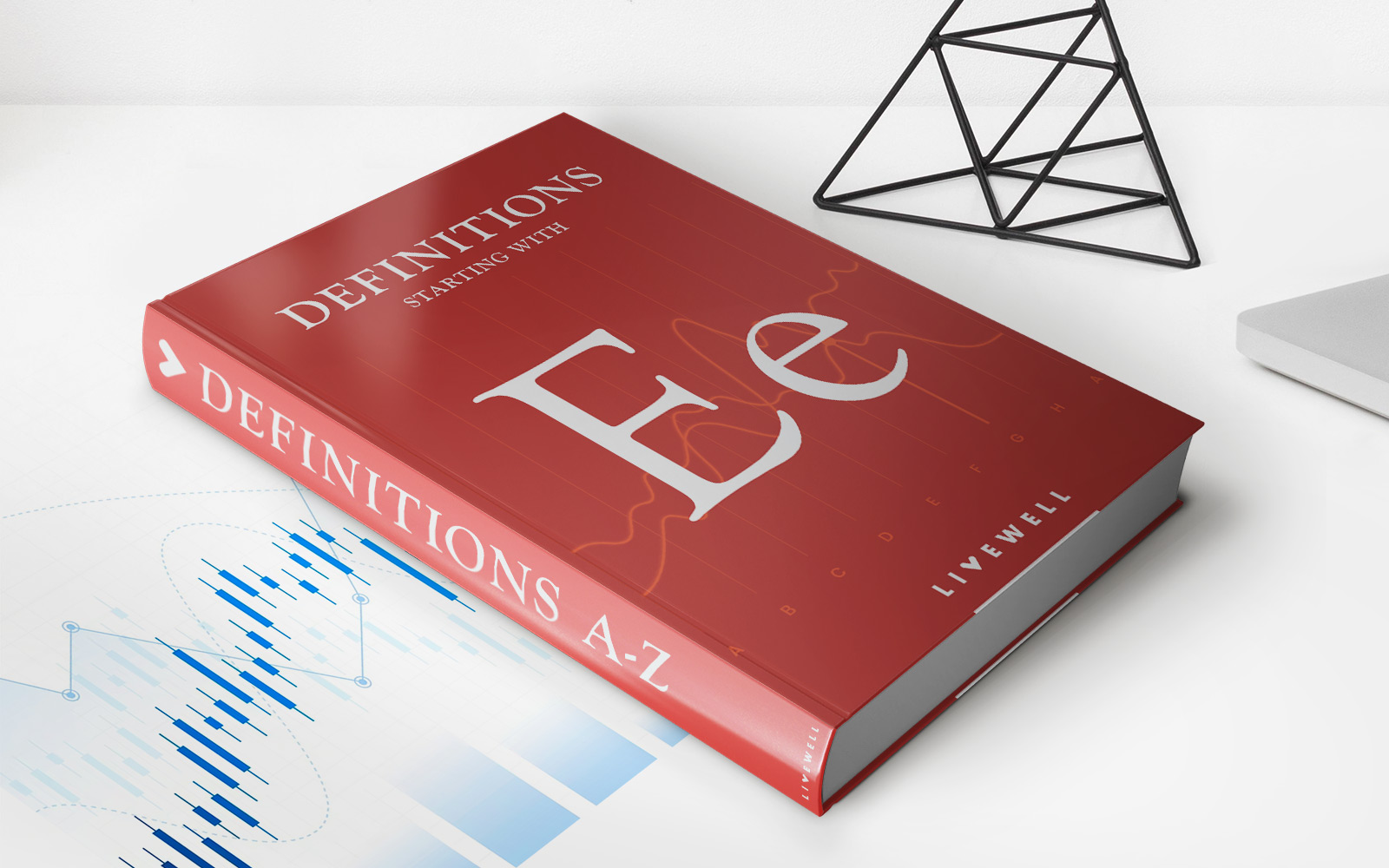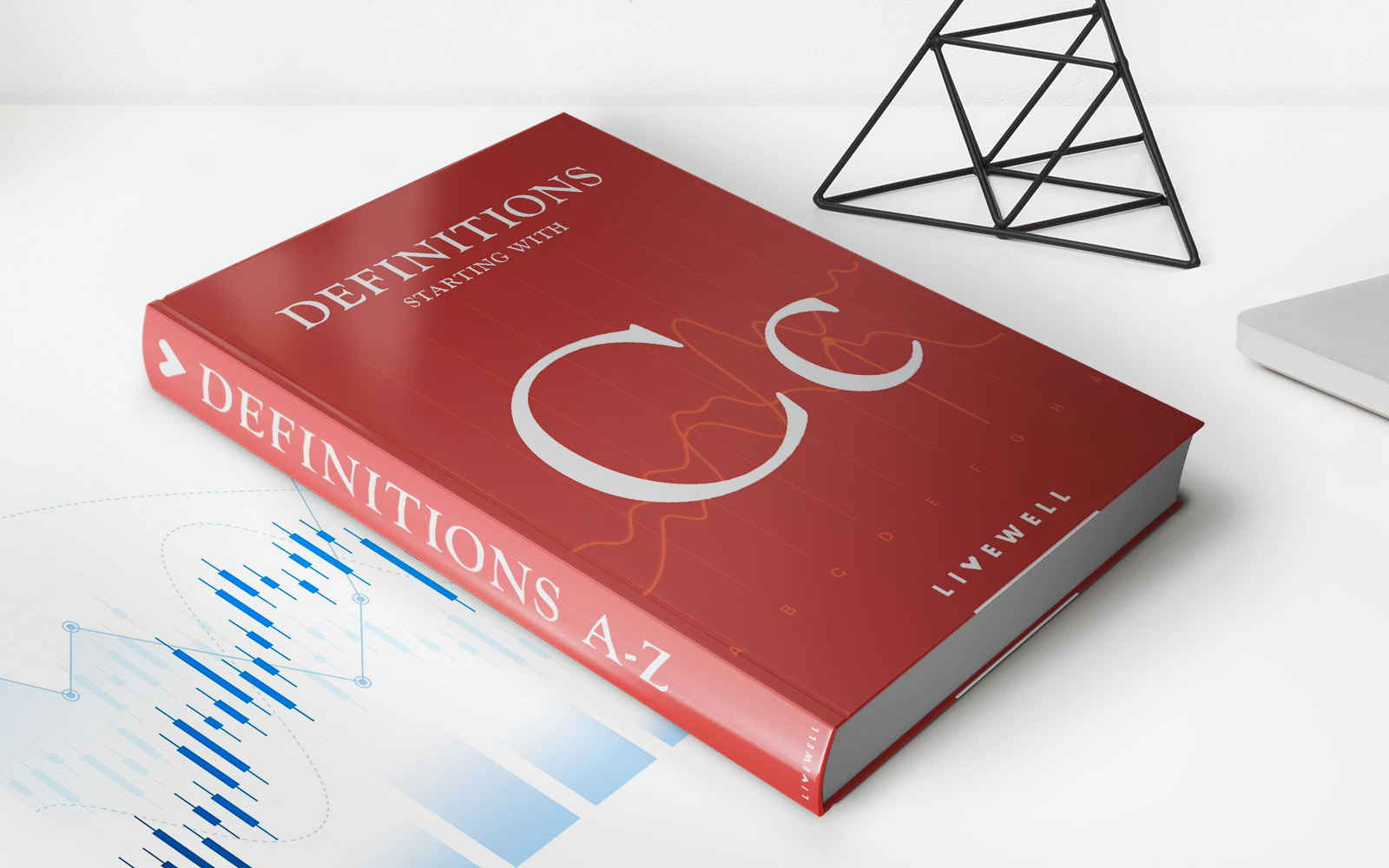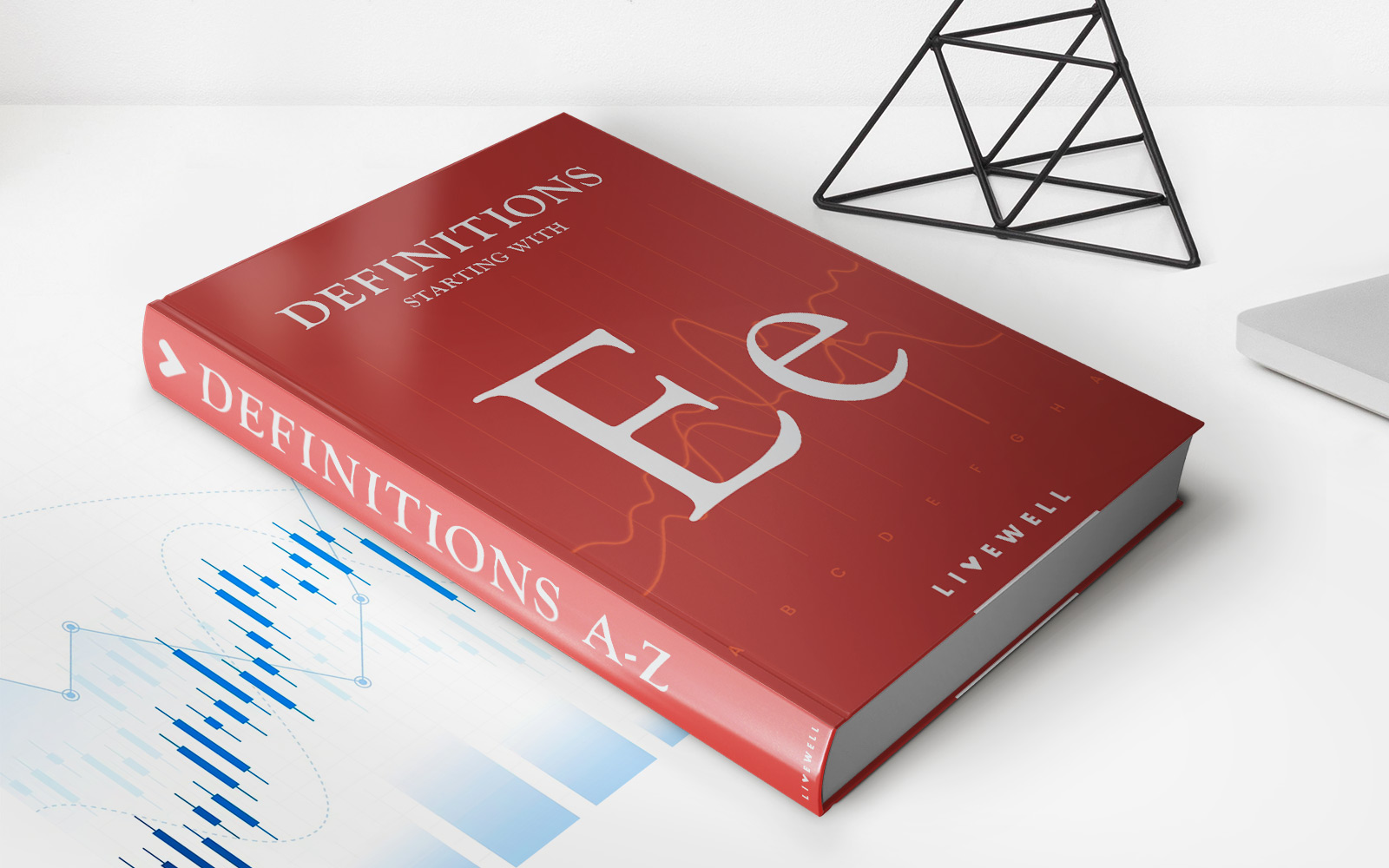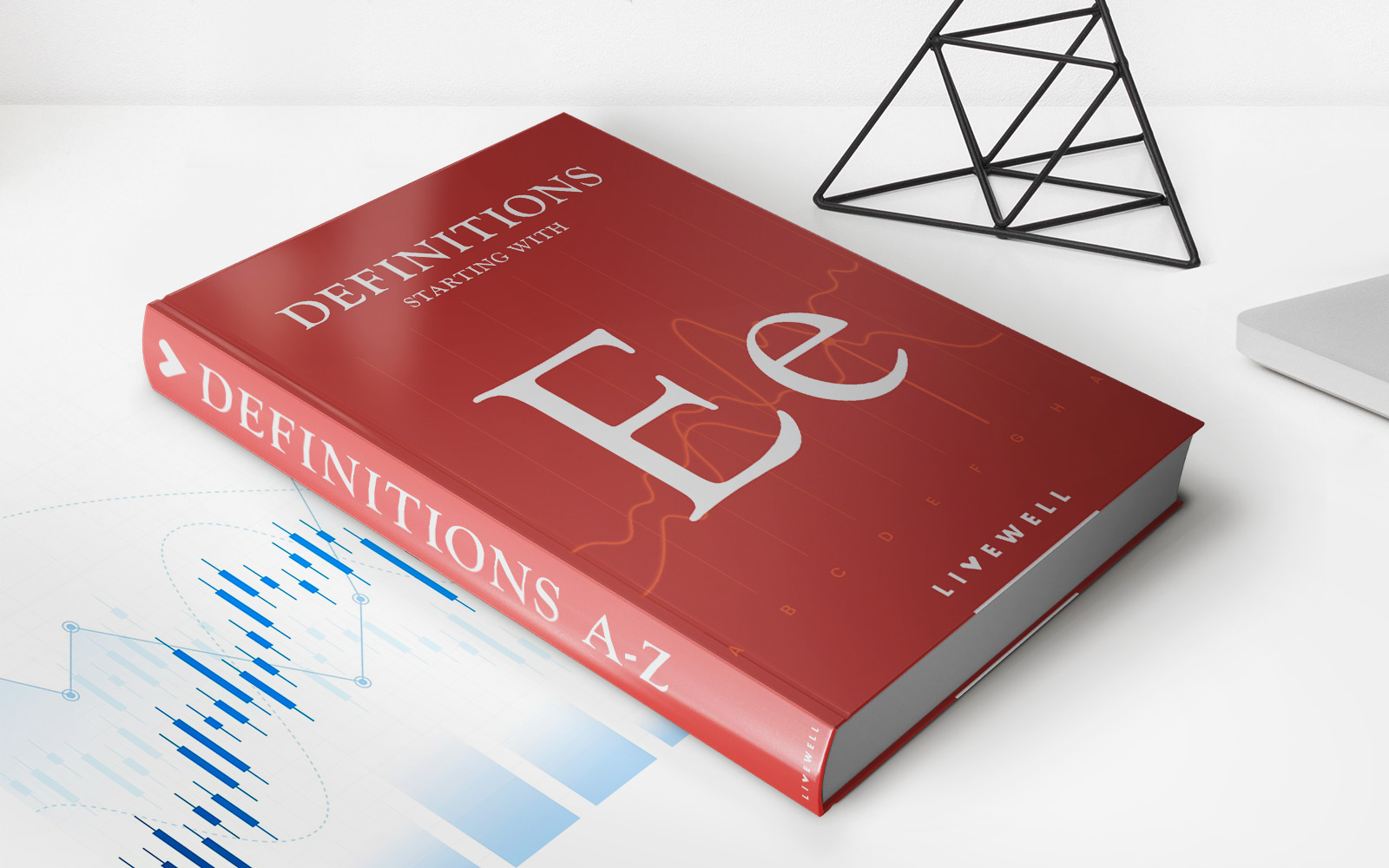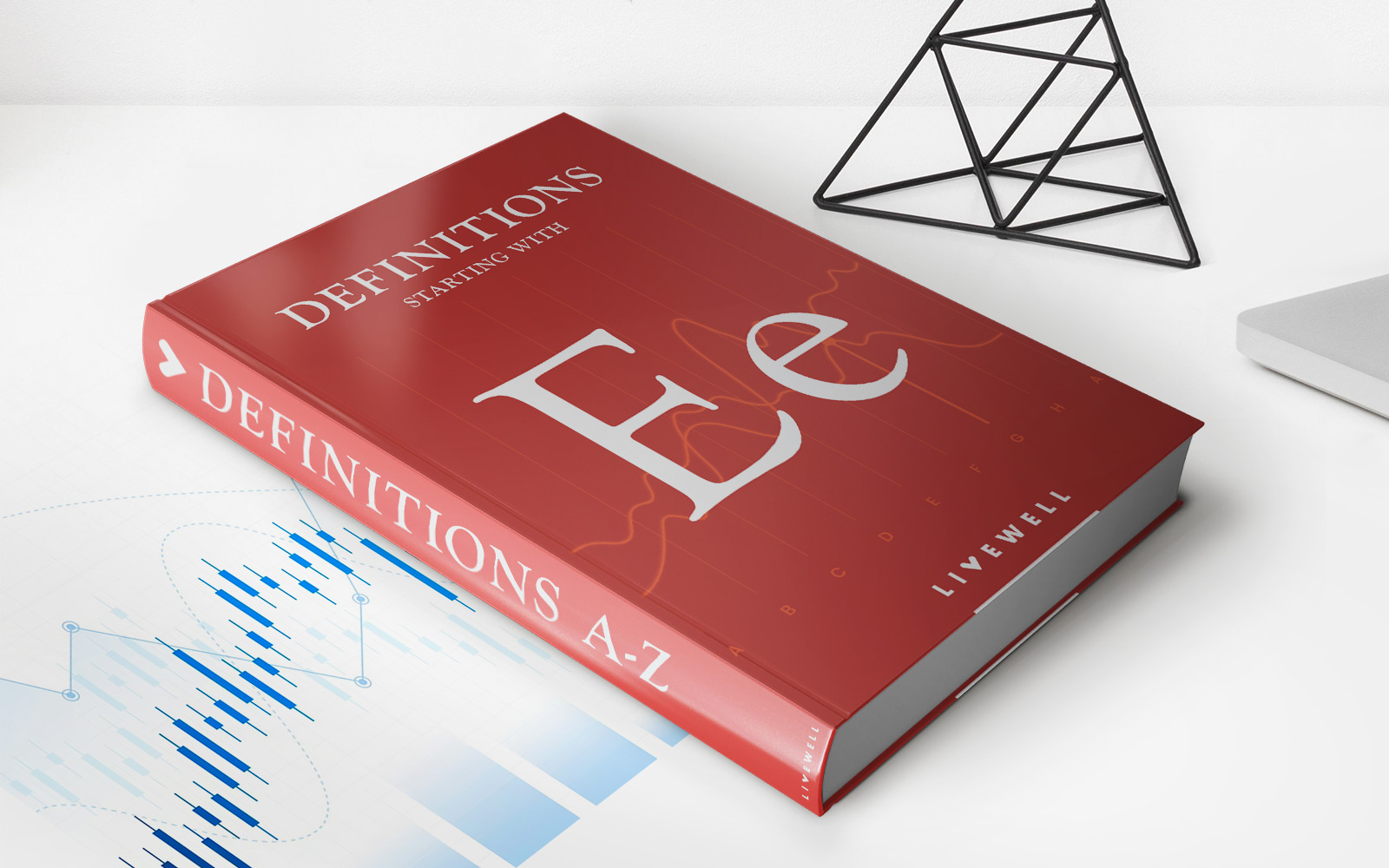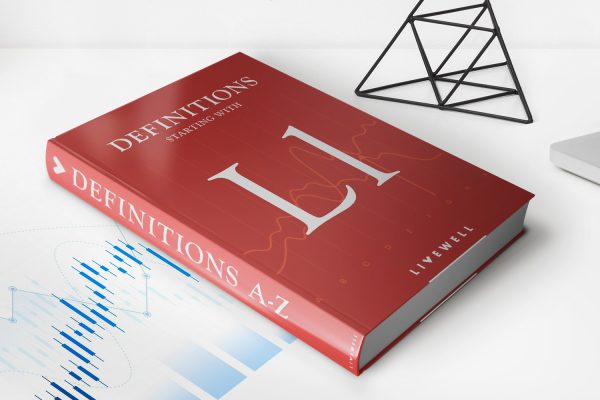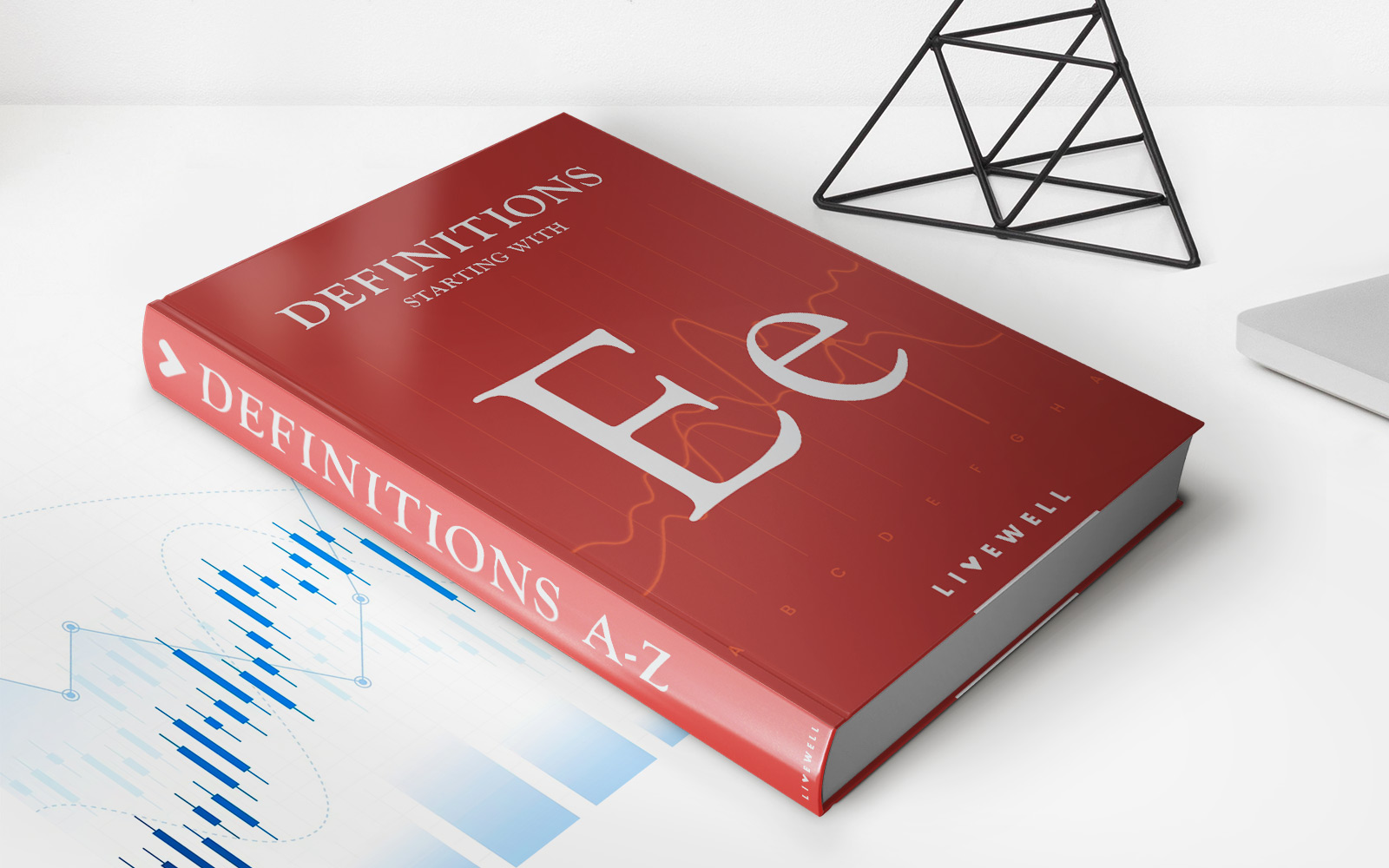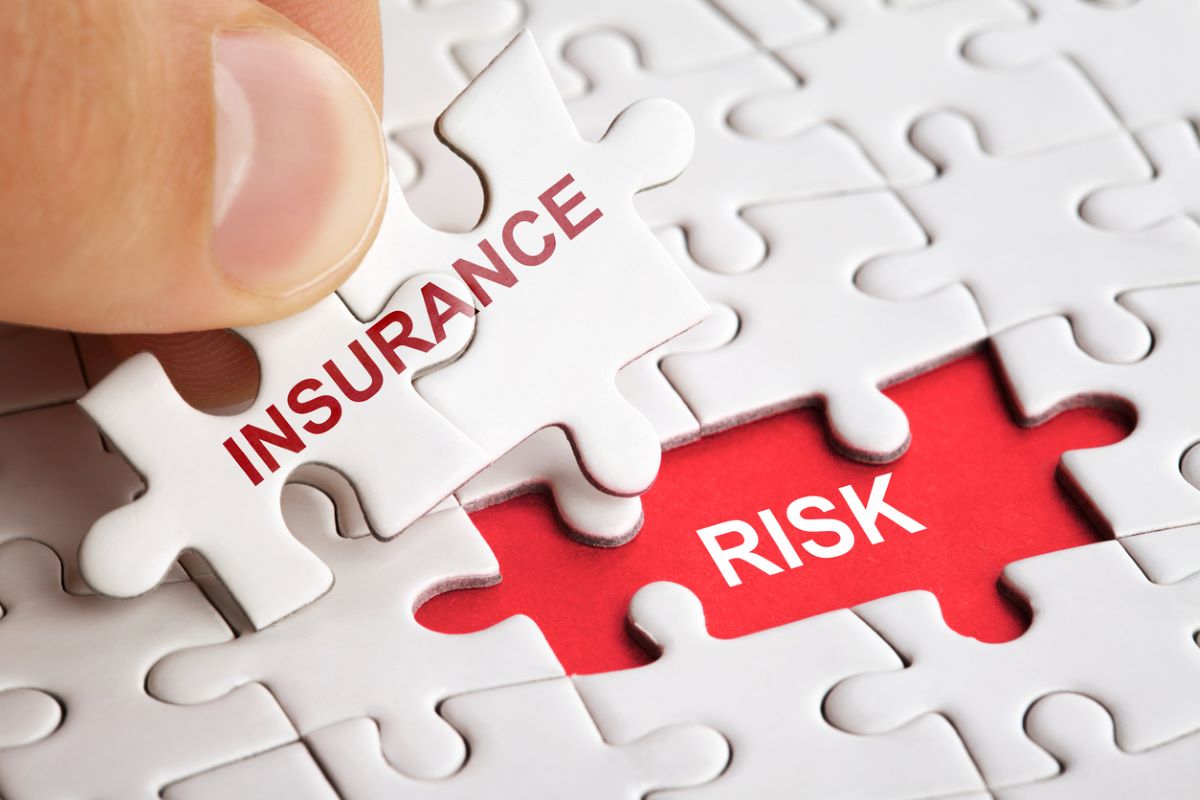

Finance
What Is Excess Insurance?
Published: November 12, 2023
Discover what excess insurance is and how it can provide financial protection in unexpected situations. Gain insights into managing your finances with this comprehensive guide.
(Many of the links in this article redirect to a specific reviewed product. Your purchase of these products through affiliate links helps to generate commission for LiveWell, at no extra cost. Learn more)
Table of Contents
Introduction
Insurance plays a crucial role in safeguarding individuals and businesses from potential financial losses due to unexpected events. While primary insurance policies offer a certain level of protection, there are often limitations and exclusions that could leave policyholders vulnerable to significant costs. This is where excess insurance comes into play.
Excess insurance, also known as umbrella insurance or secondary insurance, provides an additional layer of coverage beyond what primary insurance policies offer. It acts as a safety net, offering protection against unforeseen risks that could exceed the limits of primary policies.
Unlike primary insurance, which covers specific risks, excess insurance provides broader protection. It can extend coverage across multiple types of policies, such as auto, home, or general liability insurance. This makes it a valuable tool for individuals and businesses seeking comprehensive and enhanced protection against potential losses.
In this article, we will delve into the concept of excess insurance, its benefits, coverage limits, and how it differs from primary insurance. We will also explore the various types of excess insurance available and discuss how you can go about purchasing this essential form of coverage.
Whether you are an individual seeking additional protection for your personal assets or a business owner looking to mitigate potential liability risks, understanding excess insurance is essential in ensuring robust financial protection.
Understanding Excess Insurance
Excess insurance is a type of coverage that kicks in when the limits of a primary insurance policy are exhausted. It serves as a supplemental layer of protection, providing coverage for losses that exceed the primary policy’s limits.
One of the key aspects of excess insurance is that it is typically broader in scope than primary insurance. While primary insurance policies may have specific coverage limits for different types of risks, excess insurance offers a more comprehensive and overarching form of protection. This means that it can provide coverage for a wide range of risks, extending beyond what primary insurance policies typically cover.
Excess insurance is often used to protect against catastrophic events or high-cost claims that could arise from accidents, natural disasters, or lawsuits. It can offer an increased level of financial security and peace of mind, especially for individuals and businesses with substantial assets or high-risk activities.
When a claim is filed, excess insurance coverage will only be triggered once the primary insurance policy’s coverage limits have been exhausted. For example, if you have an auto insurance policy with a coverage limit of $100,000 and you are involved in an accident that results in damages of $150,000, your primary insurance will cover the first $100,000, and the excess insurance will step in to cover the remaining $50,000, up to the limit defined in the excess policy.
It’s important to note that excess insurance doesn’t replace primary insurance but rather acts as a supplement to it. It fills the gaps in coverage and provides an extra layer of financial protection when the primary policy falls short.
Additionally, excess insurance may also offer coverage for certain risks that are excluded or have limited coverage under primary insurance policies. This can include extended liability protection, coverage for legal defense costs, or higher limits for certain types of losses.
Overall, excess insurance plays a critical role in ensuring comprehensive and robust coverage, offering peace of mind knowing that you are protected from potential financial burdens that could arise from unforeseen events.
Benefits of Excess Insurance
Excess insurance offers a range of benefits that can provide valuable protection and peace of mind. Let’s explore some of the key advantages of having excess insurance coverage:
- Increased Coverage Limits: One of the primary benefits of excess insurance is that it offers higher coverage limits compared to most primary insurance policies. This ensures that you have enough financial protection in place to cover potential losses that exceed the limits of your primary policy. With higher coverage limits, you can be confident in your ability to handle costly claims or damages.
- Comprehensive Protection: Excess insurance provides a broader scope of coverage compared to primary insurance. It can extend coverage across multiple policies, including auto, home, and liability insurance, offering a comprehensive layer of protection. This ensures that you have adequate coverage for a wide range of risks and potential losses.
- Peace of Mind: Knowing that you have excess insurance in place can bring peace of mind and reduce financial stress. It acts as a safety net, protecting you from significant financial burdens that may arise from unexpected events or high-cost claims. With excess insurance, you can have confidence in your ability to handle unforeseen circumstances without jeopardizing your financial stability.
- Protection for High-Value Assets: If you have significant assets, such as a valuable property, expensive vehicles, or a successful business, excess insurance becomes even more crucial. It helps protect these assets against potential liability risks and ensures that you have sufficient coverage to safeguard your financial interests.
- Legal Defense Costs: Excess insurance often includes coverage for legal defense costs, which can be substantial in the event of a lawsuit. This coverage ensures that you have the financial means to hire legal representation and handle legal proceedings, reducing the financial burden associated with defending yourself or your business in court.
It’s important to assess your individual or business needs and evaluate the potential risks you may face. Discussing your specific requirements with an insurance professional can help determine the level of excess insurance coverage that would be most beneficial for your circumstances.
Overall, the benefits of excess insurance extend beyond financial protection. It offers peace of mind, confidence, and resilience in the face of unexpected events, ensuring that you have the necessary tools to navigate potential challenges without compromising your financial well-being.
Coverage Limits
Understanding the coverage limits of excess insurance is crucial to ensure you have the appropriate level of protection for your needs. Coverage limits refer to the maximum amount that an excess insurance policy will pay out for a covered claim.
Excess insurance coverage limits can vary depending on the policy and the insurer. The limit is typically defined as a specific dollar amount, such as $1 million or $5 million. This represents the maximum amount that the excess insurance policy will contribute towards a covered claim after the primary policy’s limits have been exhausted.
It’s important to note that the coverage limit applies to the aggregate dollar amount of all claims covered under the excess insurance policy during the policy period. Once the coverage limit is reached, the policy will no longer provide additional coverage for subsequent claims.
When determining the appropriate coverage limit for your excess insurance policy, consider factors such as the value of your assets, potential liability risks, and the overall level of financial protection you desire. If you have high-value assets or engage in activities with significant risk exposure, it may be advisable to opt for higher coverage limits to ensure adequate financial protection.
Additionally, it’s important to review your primary insurance policies to understand their limits. The coverage limits of your primary policies should be considered alongside the coverage limits of your excess insurance policy to ensure that there are no gaps in coverage.
Keep in mind that higher coverage limits often come with higher premiums. It’s important to strike a balance between your desired level of coverage and what you can comfortably afford. Work with an insurance professional to assess your needs and explore different coverage limit options to find the right balance for your specific circumstances.
By understanding the coverage limits of your excess insurance policy and aligning them with your individual or business requirements, you can ensure that you have the necessary financial protection to mitigate risks and handle potential liability claims.
Excess Insurance vs. Primary Insurance
Excess insurance and primary insurance are two distinct types of coverage that work together to provide comprehensive financial protection. Understanding the differences between these two types of insurance is essential in order to have a clear picture of how they complement each other.
Primary insurance is the initial layer of coverage that most individuals and businesses have in place. It typically covers specific risks and provides specified coverage limits. Primary insurance policies, such as auto, home, or liability insurance, are designed to protect against common types of risks and provide essential coverage for everyday incidents.
On the other hand, excess insurance, also known as umbrella insurance or secondary insurance, is an additional layer of coverage that kicks in when the limits of primary insurance are exceeded. It provides broader and higher coverage limits to help protect against catastrophic events, high-cost claims, and liabilities that may go beyond what primary insurance policies cover.
While primary insurance covers specific risks within its predefined limits, excess insurance offers a supplemental layer of protection that extends across multiple policies and provides higher coverage limits. Excess insurance fills the gaps in coverage that may exist within primary policies, offering a more comprehensive shield against unforeseen events.
Another important distinction is that primary insurance is typically more affordable compared to excess insurance. Primary insurance policies are designed to cover common risks, and their premiums are based on the likelihood and frequency of such claims. Excess insurance, on the other hand, offers additional protection and higher coverage limits, and is priced accordingly.
It’s important to note that excess insurance does not replace primary insurance; rather, it enhances and complements it. Primary insurance policies cover everyday incidents, while excess insurance provides an additional layer of protection for more severe or unexpected events.
Having both primary and excess insurance in place ensures that you have comprehensive coverage that spans across various risks and potential losses. It provides financial security and peace of mind, knowing that you are protected from a wide range of liabilities and unforeseen events.
Ultimately, the combination of primary insurance and excess insurance offers robust and holistic coverage, providing the necessary protection to safeguard your assets, mitigate potential risks, and maintain your financial stability. Working with an insurance professional can help you determine the right balance and coverage options to suit your individual or business needs.
Types of Excess Insurance
Excess insurance comes in various forms, each tailored to meet specific coverage needs. Let’s explore some common types of excess insurance:
- Personal Umbrella Insurance: This type of excess insurance is designed for individuals and provides additional liability coverage beyond the limits of their primary personal insurance policies. It offers an extra layer of protection for situations like accidents, property damage, or personal injury claims.
- Commercial Umbrella Insurance: Commercial umbrella insurance is similar to personal umbrella insurance but is specifically designed for businesses. It provides additional liability coverage that exceeds the limits of primary commercial insurance policies, safeguarding businesses against large lawsuits, property damage claims, or other liability risks.
- Excess Liability Insurance: Excess liability insurance offers increased limits of liability coverage for both individuals and businesses. It provides additional coverage beyond the limits specified in primary liability policies, protecting against high-value claims or legal expenses associated with liability-related incidents.
- Excess Property Insurance: Excess property insurance offers coverage to protect against losses or damages to valuable assets that exceed the limits of standard property insurance policies. It provides extended coverage limits for properties such as homes, commercial buildings, or high-value personal possessions.
- Excess Auto Insurance: Excess auto insurance provides added protection to fill the gaps in coverage left by primary auto insurance policies. It offers higher coverage limits for bodily injury, property damage, or uninsured/underinsured motorist coverage, ensuring that you have adequate protection in case of severe accidents or injuries.
These are just a few examples of the types of excess insurance available. It’s important to assess your specific needs and consult with an insurance professional to select the most appropriate type and coverage for your circumstances.
The coverage provided by excess insurance varies from one policy to another, so it’s essential to review the terms and conditions and fully understand the coverage limits, exclusions, and deductibles associated with the policy you choose.
When considering the types of excess insurance to invest in, evaluate your risks, assets, and potential liabilities. Assessing the value of your assets and the level of protection you desire will help you determine the right type and amount of excess insurance coverage to meet your needs.
By choosing the right type of excess insurance, you can ensure that you have robust coverage that fills the gaps left by primary insurance policies and provides comprehensive protection against potential financial risks and losses.
How to Purchase Excess Insurance
Purchasing excess insurance is a straightforward process that typically involves a few key steps. Here’s a general guide on how to purchase excess insurance:
- Evaluate Your Insurance Needs: Start by assessing your insurance needs and determining whether you would benefit from excess insurance. Consider factors such as the value of your assets, potential liability risks, and the coverage limits of your existing primary insurance policies.
- Research Insurance Providers: Conduct research to find insurance providers that offer excess insurance policies. Look for reputable and well-established companies with a strong track record in providing excess insurance coverage.
- Get Multiple Quotes: Contact multiple insurance providers to obtain quotes for excess insurance coverage. Request details on coverage limits, premiums, deductibles, and any additional terms or conditions that may apply.
- Review Policy Terms: Carefully review the terms and conditions of the excess insurance policies you are considering. Pay close attention to coverage limits, exclusions, deductibles, and any additional features or benefits offered by the policy.
- Consider Policy Bundling: In some cases, you may be able to bundle excess insurance with your existing primary insurance policies from the same provider. This can potentially result in cost savings and streamlined coverage management.
- Consult an Insurance Professional: If you’re unsure about which policy is best for your needs or if you have specific questions, consider consulting with an insurance professional or broker. They can provide personalized advice based on your unique circumstances and help you navigate the excess insurance purchasing process.
- Make an Informed Decision: After gathering quotes, reviewing policy terms, and considering professional advice, make an informed decision on the excess insurance policy that best fits your needs and budget.
- Purchase the Policy: Once you have selected a policy, contact the insurance provider to complete the purchase. Provide the necessary information, make any required payments, and ensure that you receive a confirmation of coverage.
- Keep your Policies Organized: After purchasing excess insurance, it’s important to keep your policy documents organized and easily accessible. This will help you in the event of a claim and ensure that you have up-to-date information on your coverage.
Remember, purchasing excess insurance is an important decision that requires careful consideration. Take the time to thoroughly research and understand the policy options available to you. By doing so, you can select the right excess insurance coverage to protect your assets, mitigate risks, and provide peace of mind.
Conclusion
Excess insurance is a valuable tool that enhances and supplements primary insurance coverage, providing additional protection against potential financial losses. It offers higher coverage limits, broader scope, and added peace of mind for individuals and businesses.
By understanding the concept of excess insurance, its benefits, coverage limits, and the differences between excess and primary insurance, you can make informed decisions about your insurance needs. Additionally, exploring the various types of excess insurance available allows you to tailor your coverage to your specific requirements.
When purchasing excess insurance, it’s important to evaluate your insurance needs, research insurance providers, obtain quotes, and carefully review policy terms before making a decision. Consulting with insurance professionals can provide valuable insights and guidance throughout the process.
With excess insurance in place, you have an extra layer of financial protection that safeguards you and your assets from high-cost claims, catastrophic events, and potential liability risks. It offers peace of mind and reassurance, knowing that you have comprehensive coverage to handle unexpected situations without jeopardizing your financial well-being.
Remember, each person’s or business’s insurance needs are unique, so it’s essential to assess your specific circumstances and consult with professionals to ensure you have the appropriate coverage in place.
Excess insurance is an important component of a solid risk management strategy. By understanding its role and benefits, you can make proactive decisions about your insurance coverage and protect yourself and your assets against potential financial hardships.
Take the time to review your insurance portfolio, explore excess insurance options, and make informed choices that provide you with robust and comprehensive protection. With the right insurance coverage, you can achieve greater financial security and peace of mind for a more secure future.
